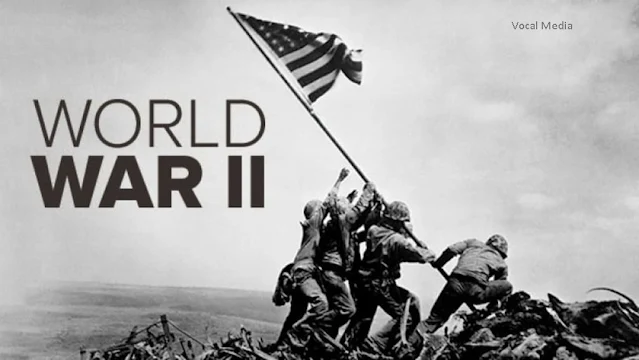In the chaotic final days of WWII, a bizarre and forgotten battle unfolded where German soldiers, American troops, and French POWs fought side by side against the SS. As reported by Yarn Hub and MSN, this unlikely alliance at Castle Itter in May 1945 defied the war’s brutal divisions, showcasing humanity amid carnage. How did sworn enemies unite? Why did Wehrmacht troops turn their guns on their own Nazi comrades? And why has this story remained buried for decades? From desperate survival to a fleeting truce, we uncover history’s most improbable battle—and what it reveals about war’s fragile morality.
The Battle of Castle Itter – When Enemies Became Allies
According to Yarn Hub, the showdown began on May 5, 1945, just days before Germany’s surrender. SS forces besieged Castle Itter in Austria, where French VIP prisoners (including ex-prime ministers and generals) were held. In a twist, Wehrmacht Major Josef Gangl—disillusioned with the Nazis—teamed up with U.S. Army Captain Jack Lee and a ragtag unit of American soldiers, French prisoners, and anti-Nazi Germans to defend the castle. Gangl even secured weapons from a local resistance group, while Lee radioed for reinforcements. For 48 hours, this “freak alliance” repelled relentless SS attacks, blending desperation with defiance.
Legacy of the “Last Battle” – Heroes Erased by History
MSN highlights how the battle faded into obscurity amid postwar geopolitics. Gangl died protecting French prisoners, while Lee’s heroism went unrecognized for years. Cold War tensions buried stories of German-American cooperation, and France downplayed its politicians’ captivity. Only in 2013, with historian Stephen Harding’s book The Last Battle, did the event regain attention. Today, Castle Itter stands as a museum, but key questions linger: Was this a rogue act of courage or a strategic anomaly? For descendants of those involved, like Gangl’s granddaughter, it’s proof that “even in hell, people can choose light.”
In conclusion, the Battle of Castle Itter, as chronicled by Yarn Hub and MSN, remains a haunting anomaly in WWII’s blood-soaked narrative. It challenges black-and-white views of heroism and villainy, revealing how war’s fog can birth fleeting unity. While the alliance dissolved with Germany’s surrender days later, its legacy endures as a testament to moral courage in impossible circumstances. For historians, it’s a case study in chaos; for survivors, a flicker of hope. As Castle Itter’s walls whisper secrets of that desperate stand, the battle reminds us that even in darkness, humanity can—briefly—triumph.
Frequently Asked Questions:
Q: What was the Battle of Castle Itter?
A: A May 1945 clash where German Wehrmacht soldiers, U.S. troops, and French POWs jointly fought SS forces to protect prisoners.
Q: Why did German soldiers help the Allies?
A: Major Josef Gangl opposed Nazi atrocities and sought redemption by aiding prisoners and defying SS orders.
Q: How many died in the battle?
A: Roughly 15–20 SS troops and 1 American (Captain Lee’s aide) died; Gangl was killed shielding French captives.
Q: Why isn’t this battle better known?
A: Cold War politics and postwar narratives emphasizing Allied vs. Axis divisions suppressed the story.
Q: Can I visit Castle Itter today?
A: Yes. The castle in Austria is a museum with exhibits about the battle.






0 Comments